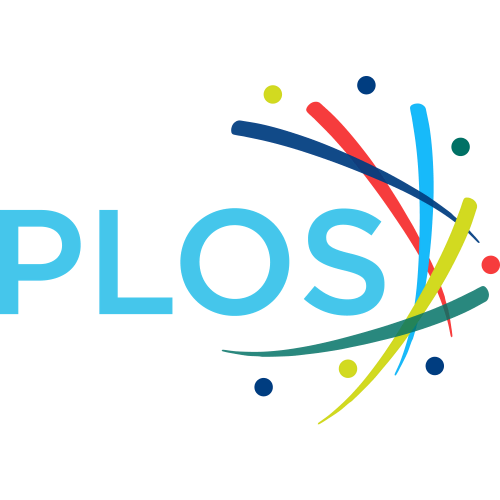
H2A-H2B Histone Dimer Plasticity and Its Functional Implications
The protein core of the nucleosome is composed of an H3-H4 histone tetramer and two H2A-H2B histone dimers. The tetramer organizes the central 60 DNA bp, while H2A-H2B dimers lock the flanking DNA segments. Being positioned at the sides of the nucleosome, H2A-H2B dimers stabilize the overall structure of the nucleosome and modulate its dynamics, such as DNA unwrapping, sliding, etc. Such modulation at the epigenetic level is achieved through post-translational modifications and the incorporation of histone variants. However, the detailed connection between the sequence of H2A-H2B histones and their structure, dynamics and implications for nucleosome functioning remains elusive. In this work, we present a detailed study of H2A-H2B dimer dynamics in the free form and in the context of nucleosomes via atomistic molecular dynamics simulations (based on X. laevis histones). We supplement simulation results by comparative analysis of information in the structural databases. Particularly, we describe a major dynamical mode corresponding to the bending movement of the longest H2A and H2B α-helices. This overall bending dynamics of the H2A-H2B dimer were found to be modulated by its interactions with DNA, H3-H4 tetramer, the presence of DNA twist-defects with nucleosomal DNA and the amino acid sequence of histones. Taken together, our results shed new light on the dynamical mechanisms of nucleosome functioning, such as nucleosome sliding, DNA-unwrapping and their epigenetic modulation.
Top-30
Journals
|
1
2
3
|
|
|
International Journal of Molecular Sciences
3 publications, 18.75%
|
|
|
Nature Communications
1 publication, 6.25%
|
|
|
Cell Death and Disease
1 publication, 6.25%
|
|
|
BioSystems
1 publication, 6.25%
|
|
|
Wiley Interdisciplinary Reviews: Computational Molecular Science
1 publication, 6.25%
|
|
|
Nucleic Acids Research
1 publication, 6.25%
|
|
|
Advances in Protein Chemistry and Structural Biology
1 publication, 6.25%
|
|
|
BMB Reports
1 publication, 6.25%
|
|
|
Tumour Virus Research
1 publication, 6.25%
|
|
|
Experimental Eye Research
1 publication, 6.25%
|
|
|
PLoS Pathogens
1 publication, 6.25%
|
|
|
1
2
3
|
Publishers
|
1
2
3
4
5
|
|
|
Elsevier
5 publications, 31.25%
|
|
|
MDPI
3 publications, 18.75%
|
|
|
Springer Nature
2 publications, 12.5%
|
|
|
Cold Spring Harbor Laboratory
2 publications, 12.5%
|
|
|
Wiley
1 publication, 6.25%
|
|
|
Oxford University Press
1 publication, 6.25%
|
|
|
Korean Society for Biochemistry and Molecular Biology - BMB Reports
1 publication, 6.25%
|
|
|
Public Library of Science (PLoS)
1 publication, 6.25%
|
|
|
1
2
3
4
5
|
- We do not take into account publications without a DOI.
- Statistics recalculated weekly.










